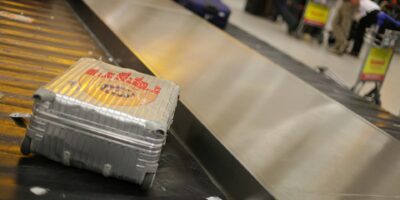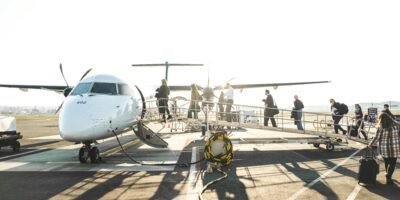Hilo Airport: A Gateway to Hawaii’s Big Island
Hilo Airport, officially known as Hilo International Airport (ITO), plays a crucial role in connecting visitors to the stunning landscapes and vibrant culture of Hawaii’s Big Island. Located just a few miles from downtown Hilo, this airport serves as a practical hub for both tourists and residents.
Historical Background
The airport’s history dates back to the early 20th century. It began as a modest airstrip in 1927, and continued to develop over the following decades. During World War II, the airstrip was utilized by the military, which facilitated further improvements. After the war, there was significant investment in infrastructure, and the airport was designated as General Lyman Field in 1952, named after a prominent local figure. In 1989, it was renamed Hilo International Airport.
Infrastructure and Facilities
Hilo International Airport comprises two runways. The primary runway, 08/26, is 9,800 feet long, accommodating most aircraft. There is a smaller secondary runway, 03/21, which primarily services general aviation. Inside the terminal, travelers will find various amenities designed for comfort and convenience. Basic facilities include car rentals, eateries, and retail options.
Airlines and Destinations
Several airlines operate at Hilo Airport, including Hawaiian Airlines, United Airlines, and Southwest Airlines. These airlines offer flights to major destinations like Honolulu, Los Angeles, and several inter-island locations. These routes make it easier for travelers to access the diverse attractions that the Big Island has to offer.
Passenger Services
- Free Wi-Fi: Available throughout the terminal.
- ATMs: Multiple ATMs are available, offering both local and international services.
- Accessibility: Facilities are ADA compliant, with services available for passengers with reduced mobility.
- Baggage: Baggage claim and handling services are efficient, minimizing wait times.
Ground Transportation
Transportation to and from the airport is hassle-free. Options include taxis, ride-sharing services, and a variety of car rental agencies located within the terminal. Additionally, the Hele-On Bus provides public transportation, making several stops between the airport and key locations on the island.
Environmental Considerations
Efforts are underway to make Hilo Airport more sustainable. Solar panels have been installed to harness renewable energy, and water-saving fixtures are part of the infrastructure. These initiatives are in line with Hawaii’s broader goals of reducing its carbon footprint and preserving its natural beauty.
Local Attractions
Hilo Airport’s proximity to numerous attractions adds to its appeal. Visitors can quickly reach popular destinations like Hawaii Volcanoes National Park and the Liliuokalani Gardens. The town of Hilo itself offers a vibrant farmers market, unique museums, and a charming downtown area.
Future Developments
Plans for future development at Hilo Airport include terminal expansions and runway enhancements. These improvements aim to increase capacity and enhance passenger experience. It is anticipated that these projects will be carried out in phases over the next decade.
Travel Tips
- Check In Early: Ensure smooth boarding by arriving at least two hours before your flight.
- Pack Light: To speed up security checks, consider carrying only essential items.
- Explore Local Transport: Utilize local transport options for a cost-effective way to travel.
Hilo International Airport stands as a critical connector for those looking to explore Hawaii’s Big Island. The airport’s efficient services and close proximity to major attractions make it a convenient entry point. With ongoing improvements and a focus on sustainability, Hilo Airport is poised to serve future generations of travelers.
“`



